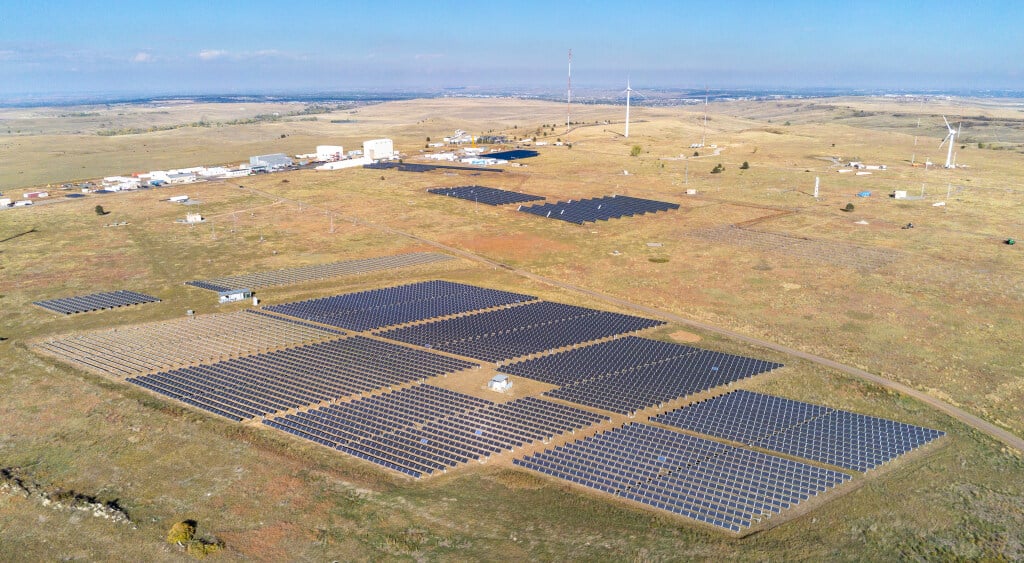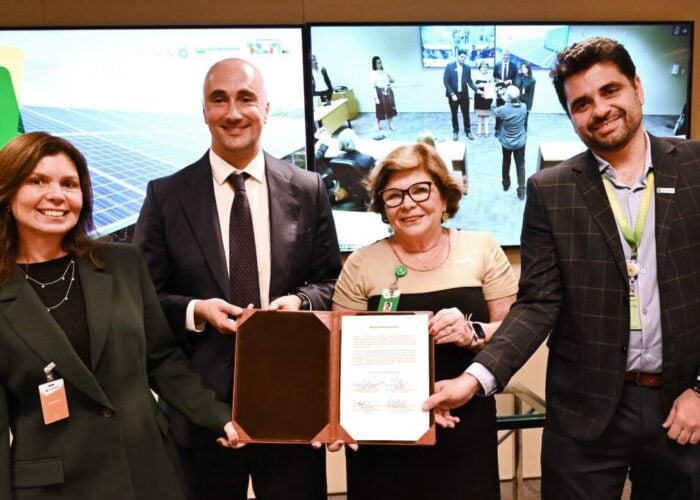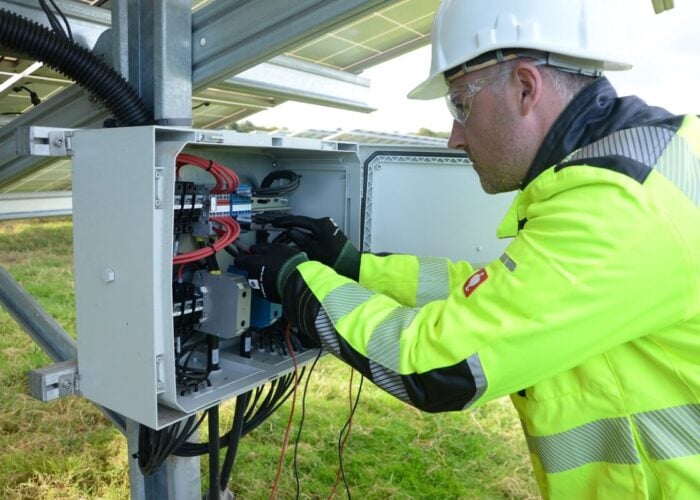
Solar and wind installations in the US could account for between 40% and 62% of total electricity generation by 2030, according to a report from the National Renewable Energy Laboratory (NREL).
The forecast growth is due to the stimulating effects of the ‘game-changing’ Inflation Reduction Act (IRA), which came into force last summer and introduced US$369 billion in incentives and tax credits for renewable energy investment, and the Bipartisan Infrastructure Law (BIL) which focuses on jobs and infrastructure investment.
Try Premium for just $1
- Full premium access for the first month at only $1
- Converts to an annual rate after 30 days unless cancelled
- Cancel anytime during the trial period
Premium Benefits
- Expert industry analysis and interviews
- Digital access to PV Tech Power journal
- Exclusive event discounts
Or get the full Premium subscription right away
Or continue reading this article for free
NREL said that the combined support for climate initiatives and tax incentives from the two acts could exceed US$430 billion through 2031, bringing deployments up with it.
Under the most likely forecast scenario included in its ‘Evaluating Impacts of the Inflation Reduction Act and Bipartisan Infrastructure Law on the US Power System’ report, NREL predicts that cumulative US solar and wind deployments will reach between 350GW and 750GW from 2023-30, whilst total installed capacity by 2030 will sit between 600GW and 1000GW. The variation takes into account potential barriers to deployment and factors like fuel and technology costs.
Annually, the report predicts that solar PV deployment could grow rapidly to between 43GW and 47GW a year, an increase of between 135% and 160% compared with the previous decade’s figures. A more conservative prediction that assumes lessened improvements in clean energy technology and a drop in natural gas prices will see between 19GW and 36GW of annual PV deployment.
The Solar Energy Industries Association and Wood Mackenzie published a report earlier this month saying that the US installed 20.2GW of solar PV across all market segments last year. This was a decrease from 2021 amidst ongoing supply chain issues and a subsequent shortage of modules.
NREL’s prediction that the IRA will begin to trigger significant expansion for the US solar PV industry echoes a September report from WoodMac, which suggested that the IRA’s full impact would begin to be felt in 2024. The sense from analysts and industry bodies is that the US is set to truly expand its PV industry once its supply chain constraints loosen and more domestic manufacturing capacity comes online. The former, however, is still a largely unknown entity.
The report also takes into account policy changes and sensitivities within the IRA that could impact deployment outcomes. The Production Tax Credit (PTC) and Investment Tax Credit (ITC) facilities – which incentivise renewable energy manufacturing and between which developers and manufacturers can choose – will impact deployment and investment levels. The schemes are dependent on different factors, like domestic content requirements for solar deployments, and are set to be altered from 2025.
Ultimately, NREL forecasts that clean energy including solar, wind, storage and other renewable sources could occupy as much as 80% of US generation capacity by 2030 as a direct result of the IRA. Pricing, markets, policy sensitivities and the rate of technological change all impact the levels of penetration into the energy mix, but the trajectory is universally upwards. In all scenarios, solar PV is set to be the most dominant technology in the US.
The report concluded: “Fully realizing these modeled benefits will require action by all jurisdictions of U.S. government—federal, state, and local—the private sector, and civil society to support the beneficial deployment of clean energy technologies.”






